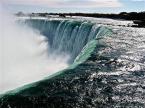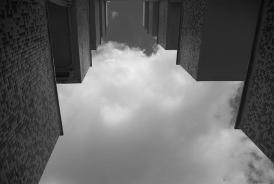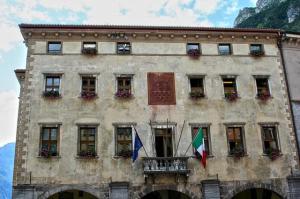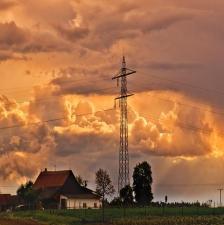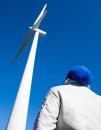 Governments, cautious and afraid to ask consumers to pay even a little bit more for their utilities, are canceling or delaying projects which would promote and support more environmentally friendly sources, such as wind power, for their energy supply.
Governments, cautious and afraid to ask consumers to pay even a little bit more for their utilities, are canceling or delaying projects which would promote and support more environmentally friendly sources, such as wind power, for their energy supply.
One case in point is the company of Michael Polsky, called Invenergy. In 2008 his wind farm firm was so successful that banks were more than glad to lend him millions of dollars to provide electricity with clean, renewable wind energy.
This year, however, Mr. Polsky is having a difficult time selling is product. Until this year Invenergy sold electricity to Virginia. This year however, because of the recession and the lower costs of natural gas, state regulators cancelled the contract, thus trading savings for a more environmentally friendly source of power.
This is despite the fact that the increase would have been relatively small.
“The ratepayers of Virginia must be protected from costs for renewable energy that are unreasonably high,” the regulators said. Wind power would have increased the monthly bill of a typical residential customer by 0.2 percent.


